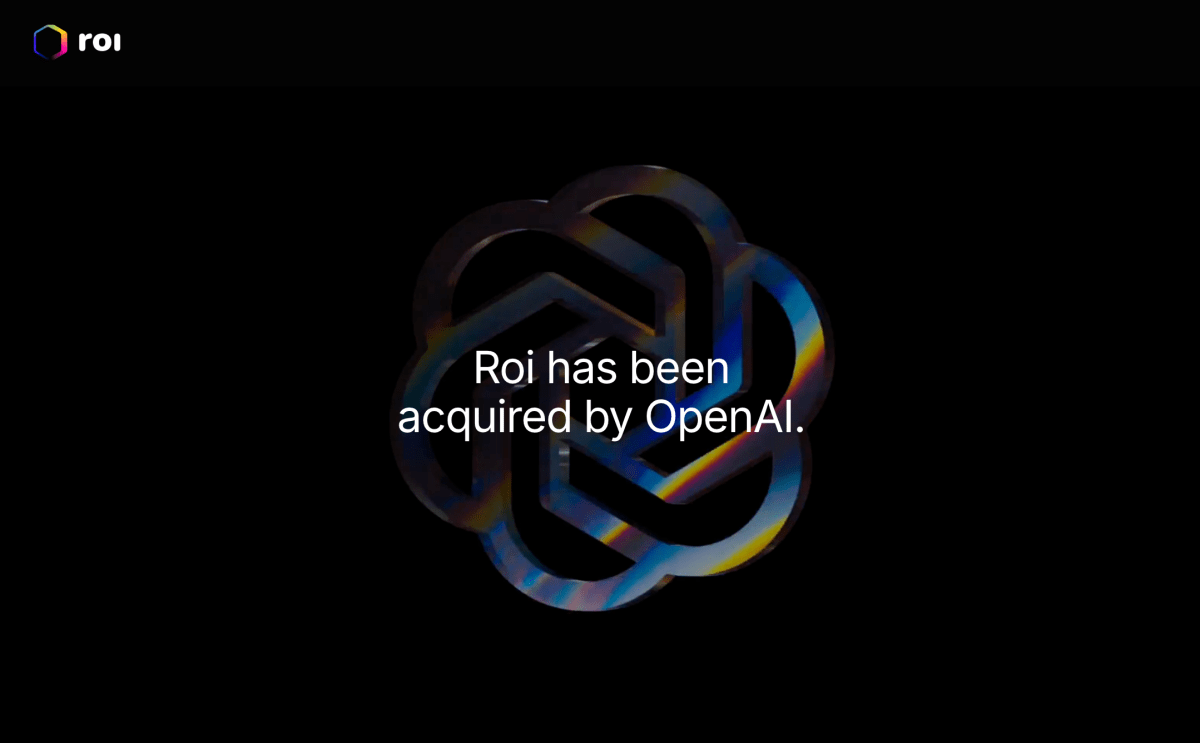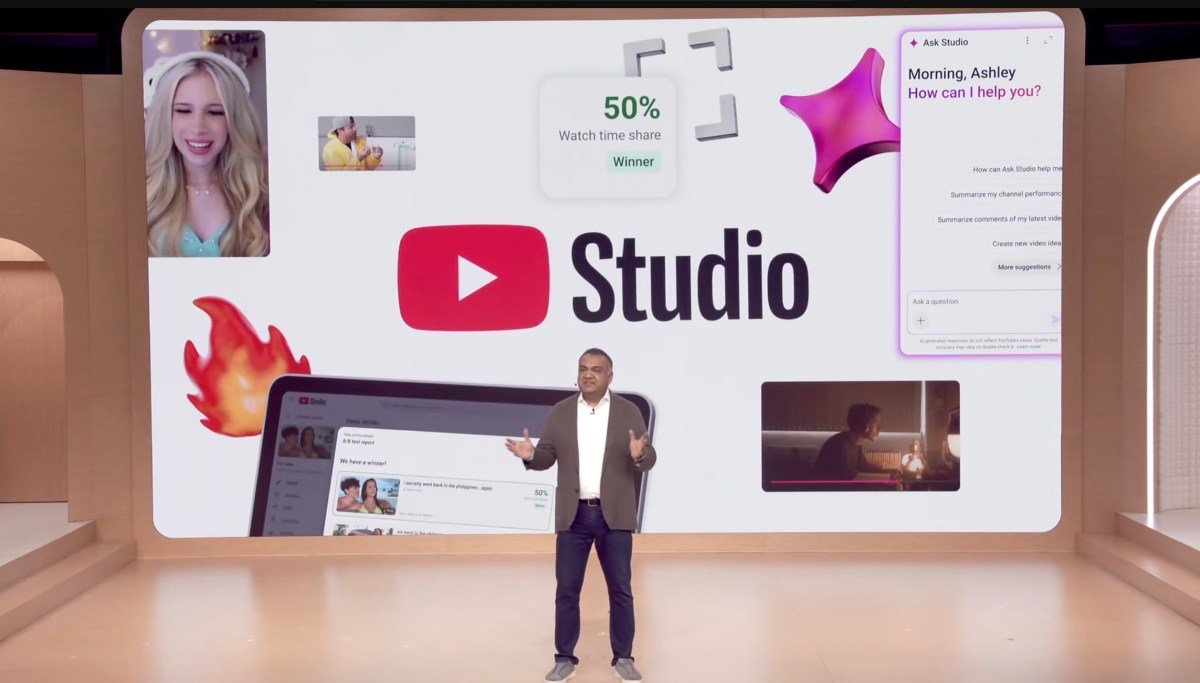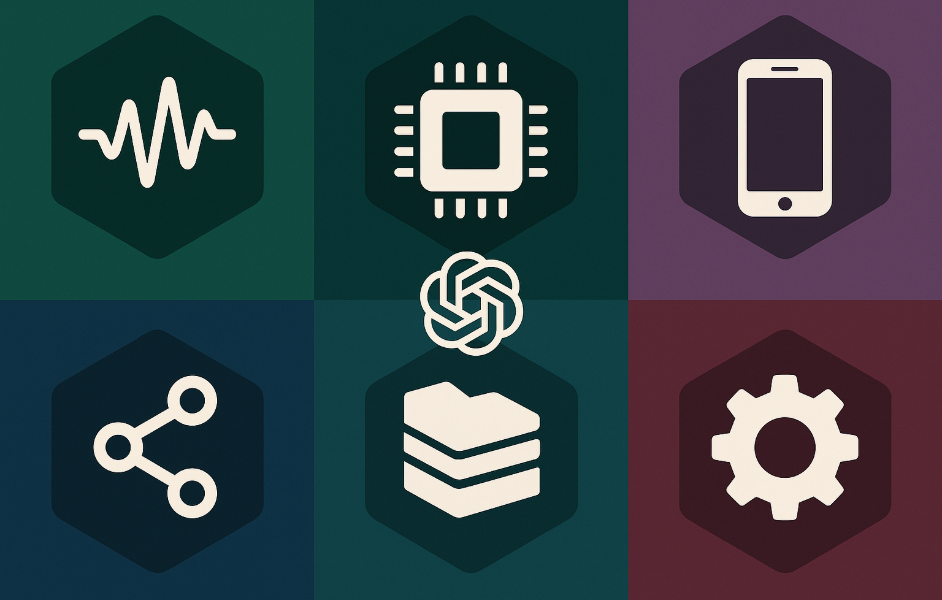<div>
<h2>OpenAI Acquires Roi: A Strategic Move in Personal Finance AI</h2>
<p id="speakable-summary" class="wp-block-paragraph">OpenAI has acquired Roi, an AI-driven personal finance app, in a trend where only the CEO transitions to the acquiring company.</p>
<h3>CEO Sujith Vishwajith Announces Acquisition</h3>
<p class="wp-block-paragraph">Sujith Vishwajith, co-founder and chief executive, revealed the acquisition on Friday. According to sources cited by TechCrunch, he is the only member transferring from Roi's four-person team to OpenAI. The transaction's financial details remain undisclosed, with operations set to cease and services to customers concluding on October 15.</p>
<h3>A New Wave of Acqui-hires by OpenAI</h3>
<p class="wp-block-paragraph">This acquisition adds to OpenAI's series of acqui-hires in 2023, including the teams from Context.ai, Crossing Minds, and Alex. Each move reflects OpenAI's commitment to expanding its team and tech through targeted acquisitions.</p>
<h3>Potential of Roi's Technology in OpenAI</h3>
<p class="wp-block-paragraph">Uncertainty looms over whether any of Roi's technologies will integrate into OpenAI or which department Vishwajith will join. Nonetheless, this acquisition supports OpenAI's vision for enhanced personalized and life management tools in AI products. Roi's team has already tackled the challenge of scaling personalized finance solutions, insights from which can be broadly applied.</p>
<h3>The Vision Behind Roi</h3>
<p class="wp-block-paragraph">Founded in New York in 2022, Roi secured $3.6 million in early funding from notable investors such as Balaji Srinivasan and Spark Capital. The app aimed to consolidate users' financial footprints—covering stocks, cryptocurrencies, DeFi, real estate, and NFTs—into a single platform that monitored funds and offered actionable insights.</p>
<h3>Making Finance Accessible</h3>
<p class="wp-block-paragraph">“Three years ago, we launched Roi to democratize investing through the most personalized financial experience possible,” Vishwajith expressed in a post on X. “We discovered that personalization isn't just the next frontier in finance, but in all software.”</p>
<h3>AI as a Personalized Financial Companion</h3>
<p class="wp-block-paragraph">Beyond merely tracking trades, Roi provided users with a conversational AI companion that catered to their individual needs. Users could personalize interactions by sharing their professional backgrounds and preferred response styles.</p>
<h3>Engagement through Customization</h3>
<p class="wp-block-paragraph">In a relatable example shared by Roi, a user requested, “Talk to me like I’m a Gen-Z kid with brain rot. Use as few words as possible and roast me as much as you want.” The AI's playful response addressed the user's portfolio status, showcasing Roi's approach to creating engaging, personalized interactions.</p>
<h3>Software that Evolves with Its Users</h3>
<p class="wp-block-paragraph">Roi's philosophy emphasizes that software should adapt, learn, and communicate in human-like manners that resonate with users. As articulated by the Roi team, “The products we use daily won’t remain static; they'll become adaptive, deeply personal companions that understand, learn from, and evolve alongside us.”</p>
<h3>OpenAI's Synergy with Roi's Vision</h3>
<p class="wp-block-paragraph">This vision aligns well with OpenAI's ongoing consumer initiatives, including personalized news offerings through Pulse, an AI-powered TikTok competitor called Sora, and the Instant Checkout feature for seamless shopping within ChatGPT.</p>
<h3>Strengthening OpenAI's Consumer App Strategy</h3>
<p class="wp-block-paragraph">This acquisition comes as OpenAI strengthens its consumer applications team, directed by former Instacart CEO Fidji Simo. It signals a clear intent not just to serve as an API provider but to create its own user-facing applications. Roi’s technology and talent could seamlessly integrate into these developments, enhancing adaptability.</p>
<h3>A Legacy of User Behavior Optimization</h3>
<p class="wp-block-paragraph">Vishwajith, alongside his co-founder Chip Davis, previously worked at Airbnb, where they honed the skills necessary for optimizing user behavior to increase revenue. A minor adjustment of just 25 lines of code resulted in over $10 million in additional revenue, showcasing their expertise.</p>
<h3>OpenAI's Drive for Revenue Growth</h3>
<p class="wp-block-paragraph">As OpenAI continues to invest billions into data centers and infrastructure to power its models, generating significant revenue through consumer applications has become increasingly vital.</p>
</div>This rewritten article includes an engaging main headline and informative subheadlines, formatted for SEO and readability.
Sure! Here are five FAQs with answers about OpenAI’s latest acqui-hire and its focus on personalized consumer AI:
FAQ 1: What is the significance of OpenAI’s latest acqui-hire?
Answer: OpenAI’s latest acqui-hire signifies a strategic move to enhance its capabilities in personalized consumer AI. By integrating new talent and expertise, OpenAI aims to develop more tailored and effective AI solutions for individual users, improving user experience and engagement.
FAQ 2: How will this acqui-hire impact OpenAI’s existing products?
Answer: The acqui-hire is expected to enhance existing products by introducing more sophisticated algorithms and user-centric features. This could lead to improved interaction, better customization options, and overall advancements in how users engage with OpenAI’s technology.
FAQ 3: What types of personalized AI solutions can we expect from OpenAI?
Answer: Users can anticipate a range of personalized AI solutions, such as personalized recommendations, adaptive learning systems, customized content delivery, and more intuitive user interfaces that cater to individual preferences and behaviors.
FAQ 4: How does OpenAI plan to ensure user privacy with these personalized AI offerings?
Answer: OpenAI is committed to prioritizing user privacy by implementing robust data protection measures. This includes anonymizing user data, providing clear privacy policies, and giving users control over their data preferences to ensure a secure and transparent experience.
FAQ 5: When can consumers expect to see these new personalized AI features?
Answer: While specific timelines have not been disclosed, OpenAI aims to roll out these personalized features incrementally over the coming months. Users can stay updated by following OpenAI’s announcements and product updates for the latest information on new features and innovations.











